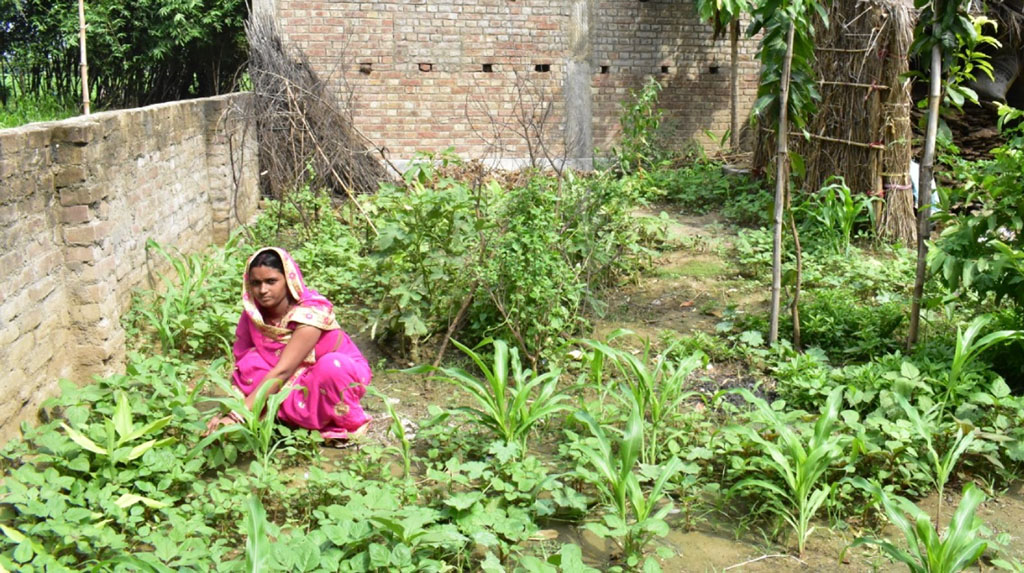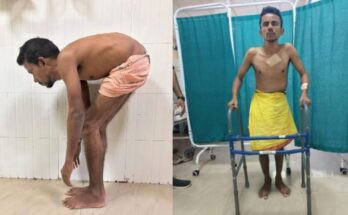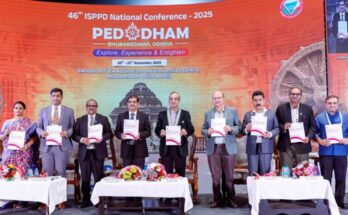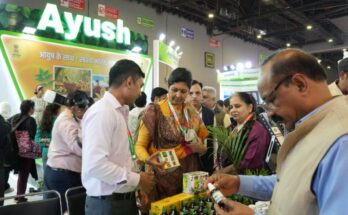New Delhi: When Bihar’s Kurmaha village-based Lalmati Devi, a rural labourer from an impoverished background, attended sessions on health and nutrition through a self-help group she’s associated with, what followed was the planting of a nutri-garden — a key provision of the ongoing nutrition month (‘Poshan Mah’) to promote better nutrition — leading her to feed homegrown nutritious food to both her family and community. ‘Poshan didi’, as she came to be known, became an icon of good health achieved through nutrition, at the very grassroots level where talks of community-led health initiatives are a far cry.
Leading positive nutritional change in the country’s hinterland is Jeevika, the Bihar Rural Livelihoods Promotion Society. As part of the national nutrition mission or Poshan Abhiyan that has malnutrition-free India as one of its key aims, the grassroots organisation mobilises the local villagers in different regions, to educate them, among other things, about the importance of what has come to be called ‘Poshan Ke Paanch Sutra’ that are important for maternal and child health – breastfeeding, nutritious complete meals, nutritious and diverse food for women, nutri-gardens and hygiene practices.
Often a major focus group for the government’s development communication efforts, communities in villages can help make the national nutrition mission a people’s movement, thereby accelerating India’s march towards meeting its nutrition goals and developing our human capital to its fullest potential. For a country still battling acute malnutrition in its rural parts, people-led – and more so women-led – social and behavioral change cannot be stressed enough. This positive change is only exacerbated by active contributions of Panchayati Raj Institutions in promoting better nutrition for their village health, and moving local health indicators in a positive change.
With the convergence of people, local bodies, development organisations and government departments, a people’s movement bestows deeper responsibility and deeper-seated impact than efforts implemented in silos.
“Through Jeevika, we are trying to conduct activities both at the household and group level during . Our workers closely work with the beneficiary groups including young mothers, midwives and pregnant women, talking to them about the five sutras of nutrition. During home visits, the local workers explain to pregnant women and their families about the importance of nutritious food and what makes for a balanced meal,” Soumya, Program Manager for Health, Sanitation and Nutrition, Jeevika, Bihar, told IANSlife.
Sunaina, another Bihar resident, could not feed her firstborn breast milk immediately after birth, nor could she give the child nutritious food after breastfeeding for six months. As a result, her child got malnourished. According to Jeevika, following her presence at meetings and sessions at self-help groups organised by the Society, she was much more aware during her second pregnancy. Along with bringing diversity in food consumption and planting a nutri-garden where she grows different foods, using her home’s toilet and getting necessary vaccination during her gestational period, ensured a healthy second child and her own well-being.
These examples show how through organised community efforts, rural India is slowly coming at par with the health and living norms that are fast becoming the standard in urban areas. For if the nation is to enter the ‘developed’ league, we must leave no one behind.




